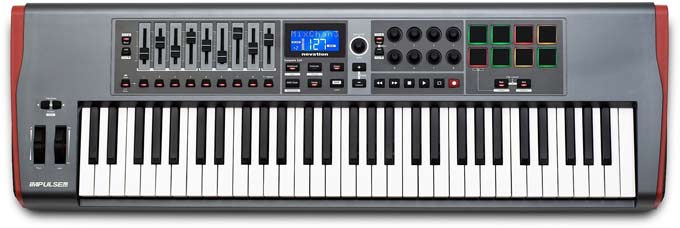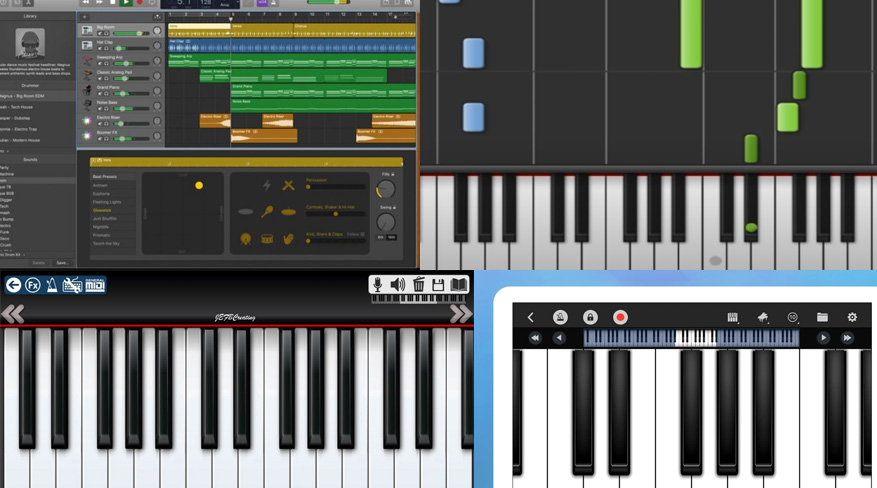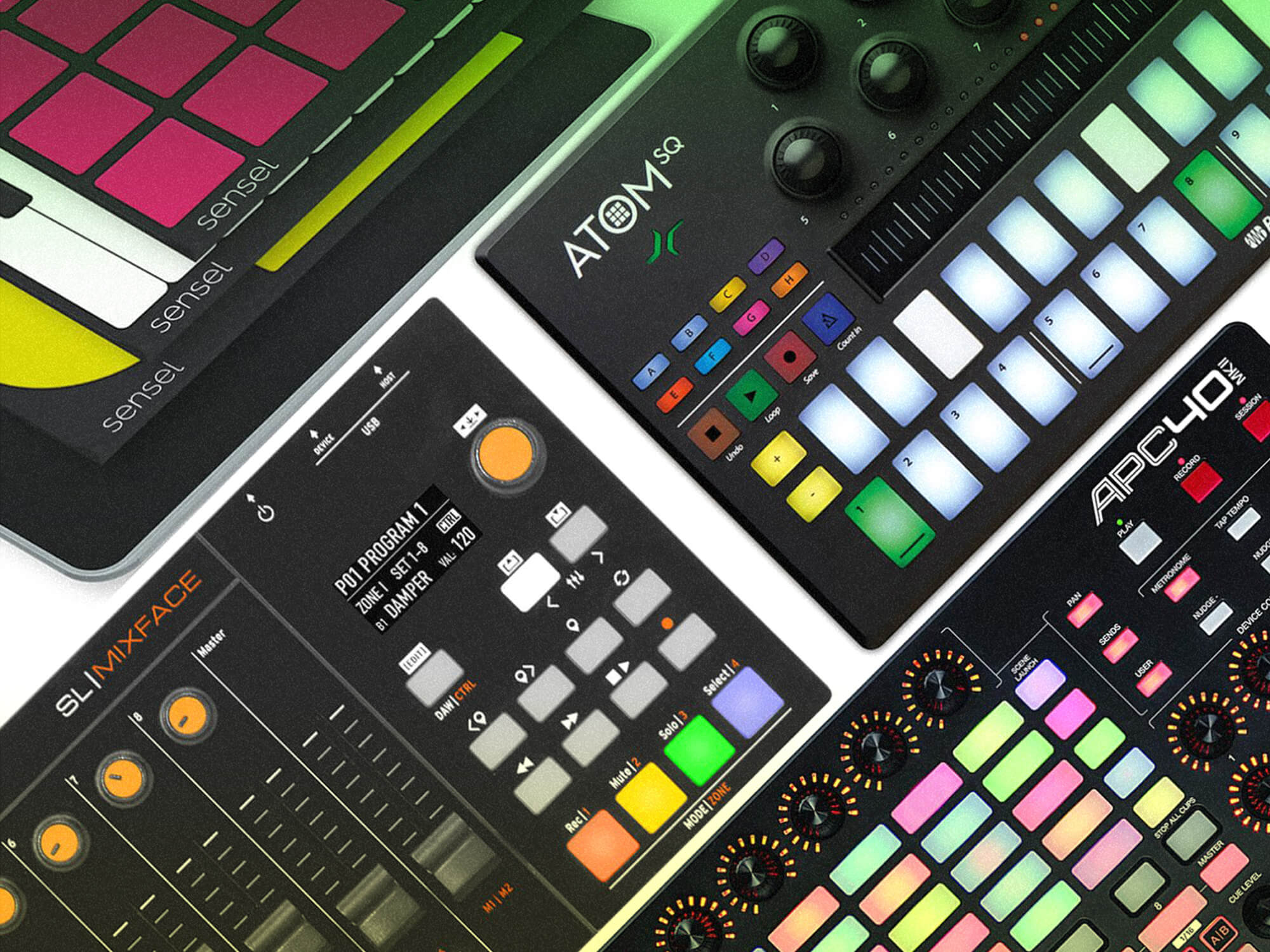

- #BEST MIDI KEYBOARD PROGRAM MANUAL#
- #BEST MIDI KEYBOARD PROGRAM SOFTWARE#
- #BEST MIDI KEYBOARD PROGRAM WINDOWS#
With the included samples and loops, anyone could combine them in their own unique ways, and create their own beats. With its launch, it wasn’t long before everyone and their dog was making beats and publishing online. With GarageBand, Apple made music production accessible to even the greenest of beginners.
#BEST MIDI KEYBOARD PROGRAM SOFTWARE#
It’s always good to familiarize yourself with the software you’re using, as that gives you the ability to make the most of it!
#BEST MIDI KEYBOARD PROGRAM MANUAL#
If you need help, refer to the video below, or spend some time going through the manual on the MidiEditor website. That’s about all there is to this, really. It offers a distraction-free environment where you can focus on the notes and get your sequencing done perfectly and to your satisfaction (before loading it up in a DAW or another editing environment). Sequencing and recording MIDI is often done inside Digital Audio Workstations these days, but DAWs can take a while to learn, and all the clutter onscreen can prove a little distracting when you’re just trying to write and edit new parts.
#BEST MIDI KEYBOARD PROGRAM WINDOWS#
MidiEditor is a simple, attractive, no-nonsense graphical interface (featuring a design circa mid-2000s) you can use to edit, play, and record MIDI data.įrom creating new MIDI content with your MIDI keyboard to loading in and editing existing MIDI files, MidiEditor is a capable workhorse for Windows and Linux.

On an alphanumeric keyboard, when we press a key, what we send is a signal from said key, in such a way that if we hold down the “a” key then we will see “aaaaaa” written on the screen, which will be interpreted as several keystrokes in a row, in music apart from the different notes we also have the duration of each of the notes, which is the tempo or what we call the measure, which is what the time that a quarter note lasts on the staff, deriving the rest of the notes from the time of a quarter note. Since a MIDI keyboard communicates with other devices, either with its own speakers to generate music from the keyboard itself or to a MIDI input, it not only has to have the ability to transmit each note, but when each one is played and the duration of the same. Moment in which another wave that reaches it will take its place. The number of channels will depend on the sound chip used in the MIDI keyboard, as long as we hold down a key, the channel or voice corresponding to that key will remain active and will not be occupied by any other note unless we lift our finger. In this way, the different notes that are played are stored in memory, but their data is transmitted one by one to the synthesizer, which interprets each of the notes according to the channel used. So the new data displaces the previous one.


One trick that is done to reduce costs is to use a shift register, which is a type of memory that when it receives new data what it does is output the oldest data through its output port. Which is essential, since in real life, we can make multiple piano keys sound at the same time to generate musical chords.īecause each note has a value of 7 bits, the fact of playing several notes at the same time supposes several input bits in the processor in charge of synthesizing the sound, this chip is the same type of chip that exists in the cards sound, but with a difference, they do not receive the notes to be played from a program created by the CPU, but rather by the keys pressed by the users. This is what we call polyphony on a MIDI keyboard. The operation of a MIDI keyboard is similar to that of a keyboard, but with the difference that it has the ability to capture the pressing of several keys at the same time.


 0 kommentar(er)
0 kommentar(er)
